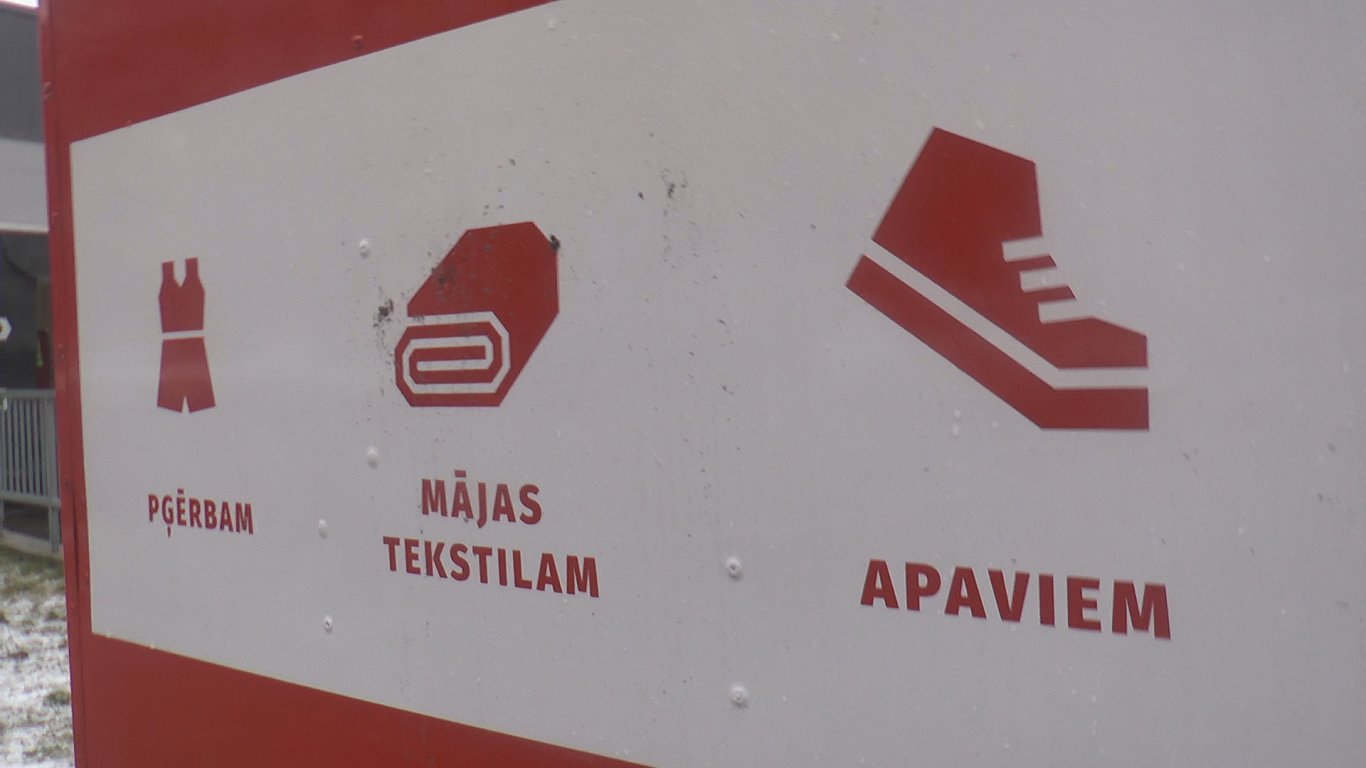In the European Union (EU), textile collection is scheduled to be mandatory from 2025, but Latvia has decided that it is mandatory from this year. However, the question of who will pay for such waste management has not been resolved.
“And there are fights at this point because the producers are paying for sorting everything else. This is the case in Europe: producer responsibility systems. On textiles, unfortunately, this regulation has not come to an end,” said Aizbalts.
For the first few years, while the collection of textile waste was in test mode, management operators bore these costs themselves. This year, however, when the system needs to be expanded, these costs will start to fall on all residents through municipal waste rates, Aizbalts found.
This would mean an increase of a few cents for every cubic meter of municipal waste collected.
In his opinion, this is not right, because it is also paid by those who do not throw textile out. “It would be correct that you go to the shop, buy a T-shirt or jacket, for example, and there's an extra 5-10 cents on that jacket. And the one who will use it, pays,” said Aizbalts.
He said that there were currently about 200 textile collection containers in Latvia, which was a small number.





























